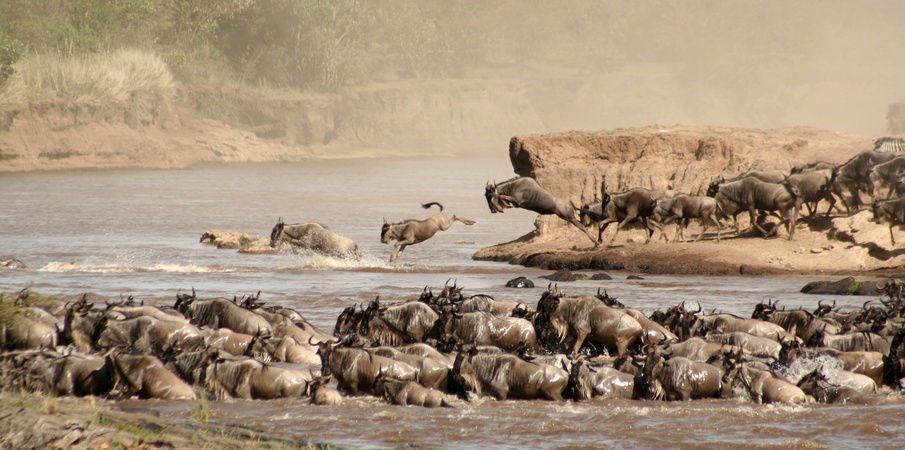
Maasai Mara National Reserve Kenya
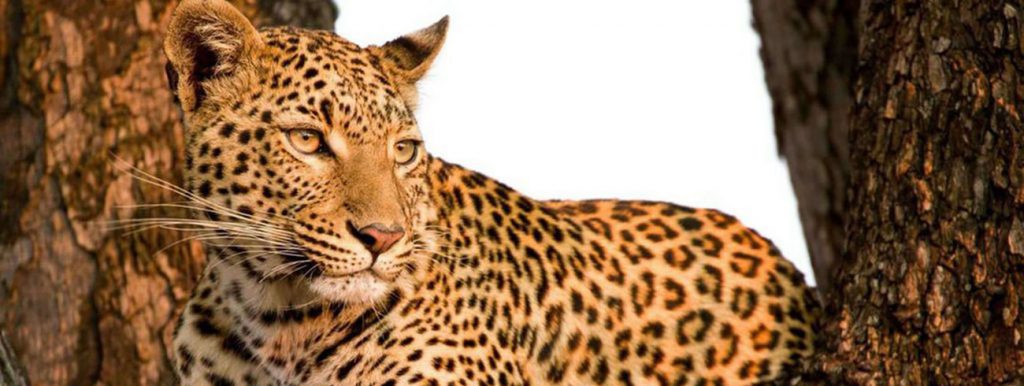
Best for big cats and the great migration, the Maasai Mara National Park is the Venue for arguably the most astounding wildlife spectacle on earth. Maasai Mara National Reserve Kenya is an area preserved savannah wilderness in south-western Kenya, along the Tanzania border. It is named in honor of the Maasai people, the ancestral inhabitants of area and their description of the area when looked at from afar.
The Maasai Mara is not a national park but rather a national reserve belonging to the Maasai people and administered by the local county councils. Maasai Mara National Reserve is globally famous for its exceptional population of lions, leopards and cheetahs, and the annual migration of zebras, Thomson’s gazelle and wildebeest to and from the Serengeti every year from July to October known as the Great Migration.
Central Kalahari Game Reserve, Botswana

Best for untamed, limitless desert wilderness and the tough Kalahari lions, Botswana, Central Kalahari Game Reserve is Africa at its rawest. The San Bushmen have live here for an estimated 30,000 years and the first explorers knew this area as the plains where courage fails.
Kidepo Valley National Park, Uganda

Best for spectacular landscapes and great buffalo herds, with the sprawling savannah and soaring mountains, Kidepo Valley National Park might be the most picturesque park in Africa. The park was named the 3rd best safari park on the African Continent by Cable News Network (CNN) in 2012. This milestone turned out to be a cornerstone to a virgin isolated national park that was always known for insecurity. Kidepo sits on the wild frontier region of North-Eastern Uganda and turns out to be one of the best spots for wildlife on your safari in Uganda.
Kidepo Valley National Park is a 1,442 square kilometres national park in the Karamoja region in northeast Uganda sharing borders with Sudan and Kenya’s northern frontier district. Kidepo is rugged savannah, dominated by the 2,750 metres Mount Morungole and transected by the Kidepo and Narus rivers. This park harbours a lot of big cats and some species of wildlife that cannot be found elsewhere in Uganda. Ostriches can only be found here and cheetah’s on rare occasions.
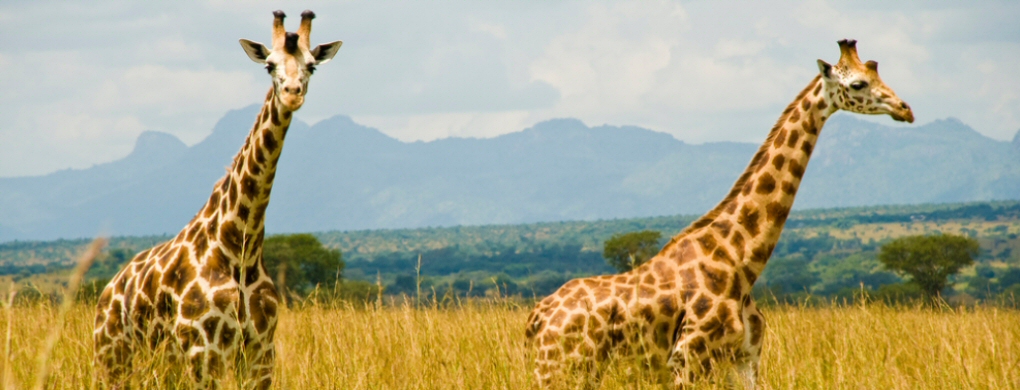
The main reason why few people visit this park is the distance. The journey usually lasts for about 14 hours by road and at times you will have to divide it into two days. The best way to access this park is by using chartered flights. You will spend roughly two hours flying and cut your distance short. Safaris to Kidepo are one of the best you will ever experience in Uganda.
Those who take the trouble to get there are rewarded with phenomenal wildlife sightings and a level of exclusivity that can rarely be had had at any cost in neighbouring countries.
Ngorongoro Crater Conservation Area, Tanzania

Best for near guaranteed sightings of the Big Five (elephant, lion, buffalo, rhino and leopard). Tanzania’s Ngorongoro crater could be the most compact wildlife venue on the planet. The jewel in Ngorongoro’s crown is a deep, volcanic crater, the largest un flooded and unbroken caldera in the world. From the first spellbinding glimpse of the crater and the stomach-churning descent down the inner walls, your senses are assaulted by Africa at its most intense.
On a beautiful morning, you can easily track up unforgettable sightings of elephants, rhinos, buffaloes, lions, leopards and spotted hyenas, Jackals, rare wild dogs, cheetahs and other felines. The legendary annual wildebeest and zebra migration also passes through Ngorongoro, when the 1.7 million ungulates move south into the area in December then move out heading north June. If it is your first time on a safari it can be the perfect choice.
Etosha National Park, Namibia
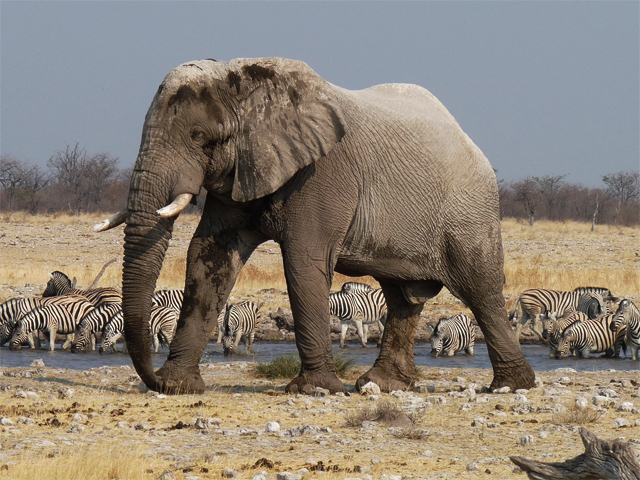
Best for cheetah spotting and waterhole stakeouts, Etosha National Park is Namibia’s premier wildlife venue and one of Africa’s most hypnotic landscapes. This park takes its name from a local word meaning ‘Great White Place’ this refers to large dried pan in the middle of Etosha Park.
What make this park unique is the floodlit waterholes at all the main camps. Visit Etosha National Park in Namibia this season and share in Namibia’s wildlife. Etosha is home to the Big Five, vast herds of gazelle and antelope and depending on season more than 300 species of birds. Etosha Park is any photographers dream, so plan you your visit to Namibia and experience the great white area of Etosha.
National Parks along Gambia River, the Gambia
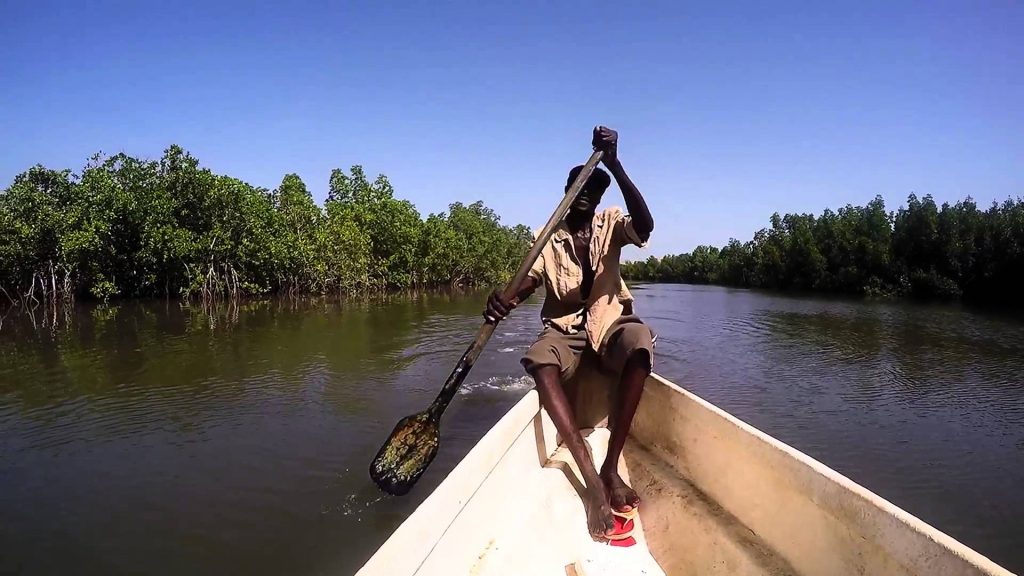
Best for bird watching and West African aquatic, the Gambia is effectively little more than the opposing banks of West Africa’s greatest river but, the six national parks strung along Gambia River one of Africa’s most unexpected safari venues. The country has traditionally been written off by safari connoisseurs as ‘hunted out’ but its reputation as a safari destination has been sadly understated.
Not only is it a paradise for bird-watchers with almost 600 species but its bush is home to monkey, baboon and chimpanzee and its crocodile-infested waters offer rarer sightings like African otter and manatee.
Ahaggar National Park, Algeria

Best for Tuareg nomadic culture and vast, sweeping Sahara landscapes, the park covers an area of approximately 450,000 sq.km in the Saharan Algeria Region in the extreme south of the country. The immense park is 40 times the size of the entire Gambian nation but far from being a massive wasteland, the centre of the world’s greatest desert is a diverse area, boasting classic dunes and a 3,000 metre mountain range.
The park has got good security as then local Tuareg people are quick to point out any problem; in this vast country you are further from Algiers than you would be if you would stay in other countries.
Kruger National Park, South Africa
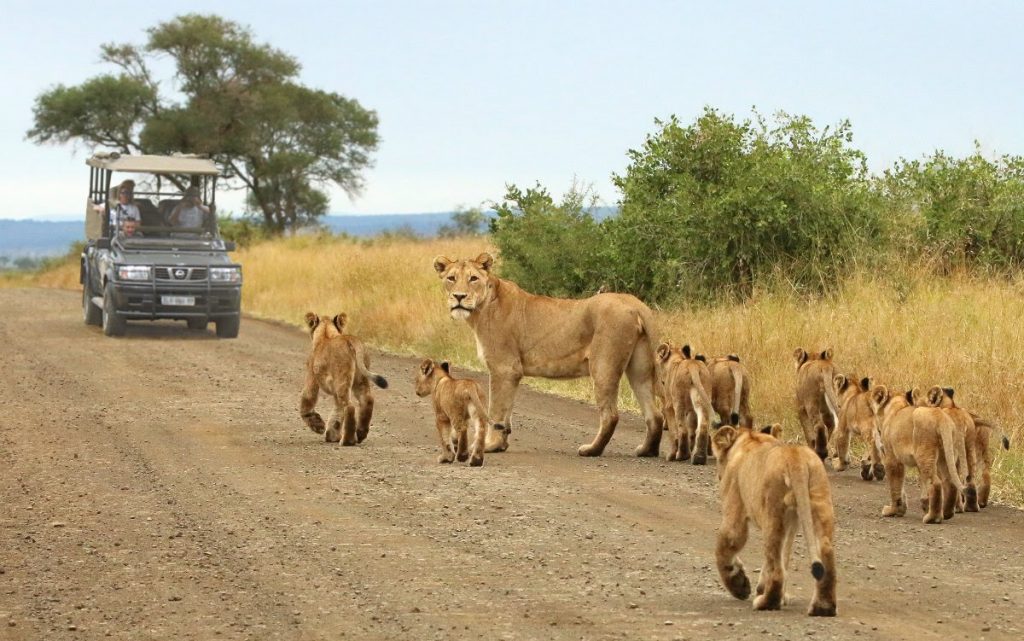
Best for accessible wilderness and activity safaris, Kruger National Park is one of South Africa’s most exciting African safari destinations. South Africa’s flagship park, is famous for great diversity of habitats 16 macro eco – zones have been recognized here that can be found in the 300 kilometres of wilderness that lie between the Limpopo and the crocodiles’ Rivers.
Kruger is one of the most accessible and best equipped of Africa’s great parks and makes an ideal venue for self-drive safaris sign-posted and well maintained and even boasts restaurants and gas stations. Apart from wonderful wildlife sightings, other great adventure draw-cards of Kruger are its range of multi-day hiking trails and mountain biking tours.
Okavango Delta, Botswana

Best for Huge crocodiles and Mokoro safaris, the Okavango Delta is the world biggest inland delta, is also a wetland wilderness that is almost the same size as Israel. The Okavango Delta is a vast inland river delta in northern Botswana. It’s known for its sprawling grassy plains, which flood seasonally, becoming a lush animal habitat. The Moremi Game Reserve occupies the east and central areas of the region. Here, dugout canoes are used to navigate past hippos, elephants and crocodiles. On dry land, wildlife includes lions, leopards, giraffes and rhinos.
A waterborne safari, paddling over the clear waters in a Mokoro dugout can either be an unforgettably serene experience or one of Africa’s most nerve-wracking wildlife encounters depending on the proximity of the Delta’s great pods of hippos and its six-meter crocs.
Perinet Reserve, Madagascar

Best for Giant lemur and many of Madagascar’s unique creatures, it is the best park for the indri, the largest lemur, and two of the 62 resident groups have been habituated, making them easy to see. There are eight other species of lemur in Andasibe and the most commonly seen include the grey bamboo lemurs, brown lemurs and woolly lemurs.
This great fluffy, black-and-white lemur (looking like a seven-year-old child in a panda suit) sends up a haunting siren call that carries far across the mist-shrouded canopy. It is one of the most unforgettable sounds of the African wilderness. All exploring is done on foot along trails that weave through the forest: expeditions can vary in length from one hour to five. Walks are particularly rewarding in the early morning when indri calls, sounding rather like a weird forest whale song, echo through the air.
